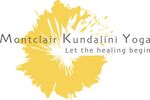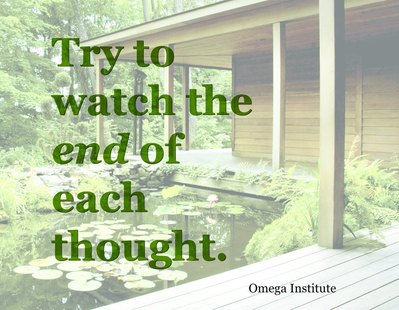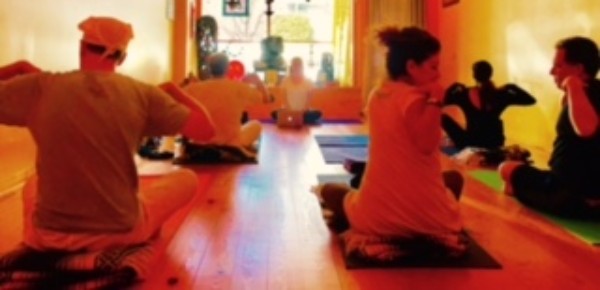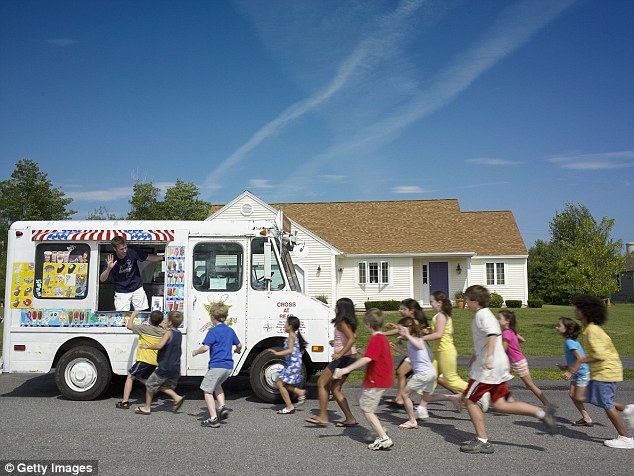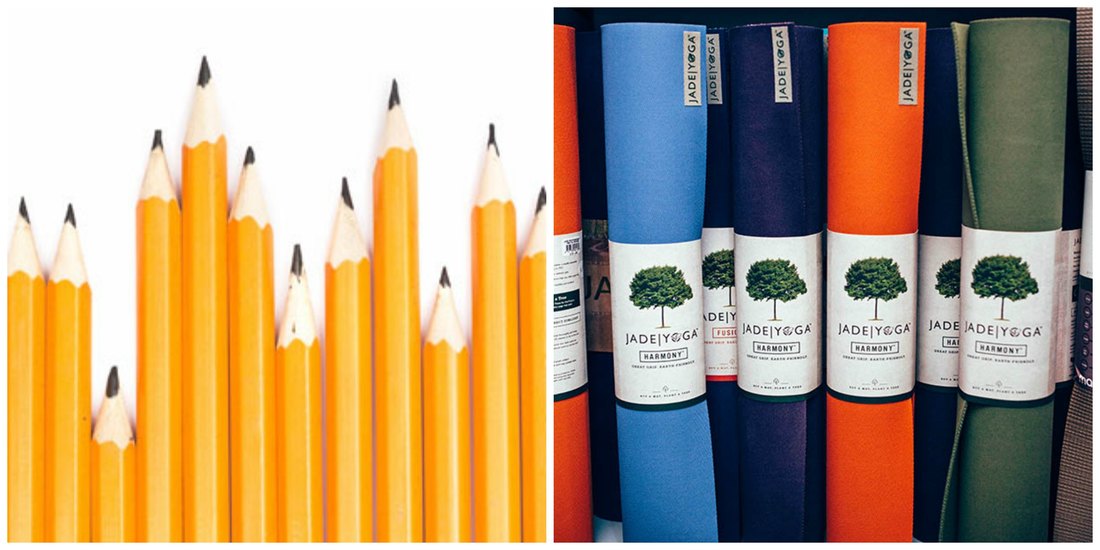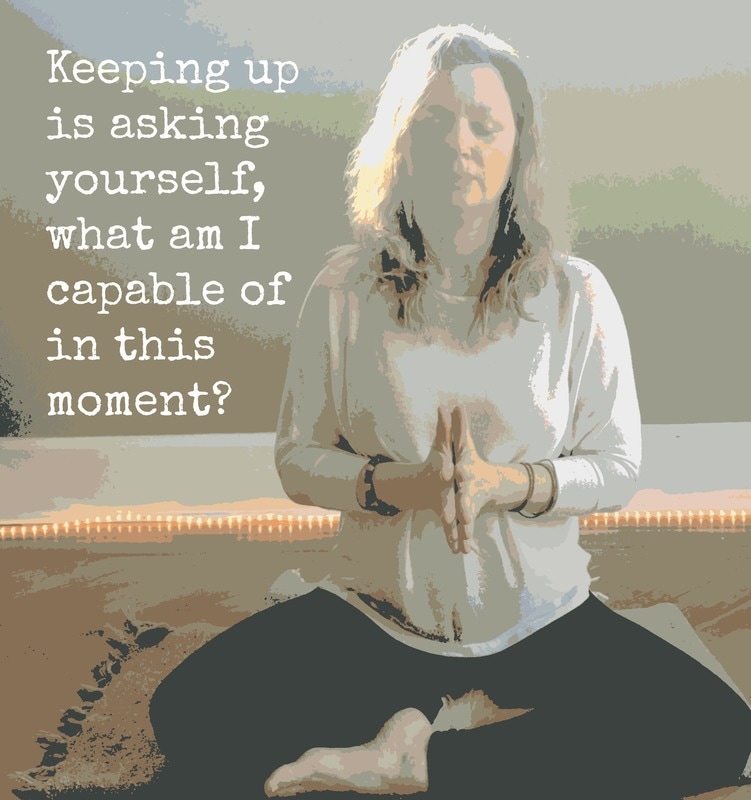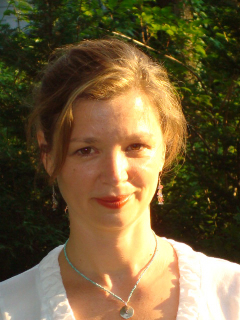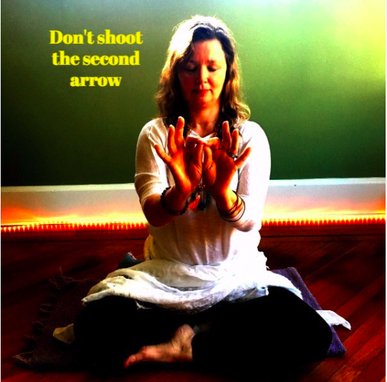 I'm extra-grateful for you all this morning because my commitment to writing to you once a week has helped me shift. See, yesterday, an adult said something hurtful to my daughter. And I have been in a "state" ever since she told me about it -- imagining and re-imagining my confrontation with this adult, thinking about the effect on my child's psyche, ruminating on why this line was crossed. In other words, I added more pain. Earlier this week before this happened, a friend reminded me of the Buddhist teaching of "the second arrow." I'm no expert on Buddhist teachings but as I understand it, the lesson is that life launches arrows at us and we are going to, inevitably, take some hits. People are not always kind; accidents happen; stress builds; loved ones die. When we are hit, though, we don't have to shoot "the second arrow." "The second arrow" is the mental reactivity to the first arrow. Rather than just sitting and breathing into the situation mindfully and waiting for the right response to emerge from the heart center, we dive into a swirling, chaos of thoughts. And what happens as we drown in that sea of negativity? We suffer. The suffering is the second arrow. So, even though I had just been reminded of the the second arrow, when I got triggered yesterday, I dove right into my messy, angry mind and flailed... and suffered. I sat in meditation this morning before the sun and that helped. Writing this right now is helping. Meditation, writing, and my community are my life rafts. So thank you for being there and for being in community with me. Who are we as a community? I know I speak for Savitri too when I say that we want our community to be people who come together to heal. We recognize that life's arrows will come but, with our practice, we can move through and beyond the pain. And hopefully, we (I) can learn to stop compounding the pain by suffering our thoughts. When we falter, we can remember again. We can remind each other. We can remember together. May the Truth in you guide you. The expansive emerald lawns of Omega institute have a special dapple of sunshine and shade that is so inviting, so soothing - a living, breathing reality all its own. Omega has gracefully enveloped thousands, perhaps millions of spiritual seekers and teachers over the years in its transformative embrace, and the effect is palpable. For seven days I submerged myself in that rarified atmosphere, along with 300 other souls, for a silent meditation retreat with the great, yet humble spiritual teacher Adyashanti.
I want to say a word about community today. I've said before that our yoga community is kindred spirits coming together to practice and dwell in sacred space, to prioritize ourselves, inner and outer peace, and authenticity. But I'm feeling now that the word "kindred" may feel exclusionary. When I started my Kundalini Yoga Teacher Training, almost a decade ago, I felt that I wasn't "kindred" enough to really be part of the group. Others were deeper. Others understood more. Others wore turbans and all-white. Others knew all the mantras by heart. I remember hoping the topics of vaccinations and ice cream didn't come up --vaccinations because my kids are vaccinated and I knew many on a natural, holistic path don't agree with that; ice cream because my kids have been known to have a Pavlovian response to the music of the ice cream truck coming down our street and they've been known to fervently chase it down clutching money I'd given them to purchase crap with crazy dyes and high-fructose corn syrup. Quick Aside: I realize that some of you reading this (some of you whom I care for very deeply) will be thinking that I poisoned my children. I respect your opinion and your right to make choices for your body and your family. We are all doing what we think is best.
The point is: we are all one, whatever choices we make. Some of us eat meat; some of us don't; some of us wear glitter eye shadow; some of us don't; some of us drink coffee; some of us avoid caffeine; some of us are immersed in the teachings of Kundalini Yoga; some of us just like to chant sometimes and don't really understand what we're chanting about. It's all okay. It's all kindred. We all have that longing to go deep within ourselves, to understand the way forward and what's True. If Kundalini Yoga feels like your way in or that it may be your way in, that's what brings us together in community. Each of us is equal in this community and we each bring our own gifts to the table. Kindred. If you're thinking about coming to class for the first time but worried that you're not going to be an instant part of the community, let me put your mind at ease: You will be. If you've been coming to class but you still feel somehow separate, let me remind you that we are all one. That is one of the sutras of Kundalini Yoga: Recognize that the other person is you. If you're considering the Kundalini Yoga Teacher Training but worried that you'll have to keep quiet about certain aspects of your life, let me assure you: All are welcome! All histories are understood. May the Truth in you guide you, Kindred Spirit! The back-to-school vibe always gets me in the mood to envision an upgrade to my lifestyle. It's a new beginning. New notebooks, new pencils, better habits. Do you feel that too?
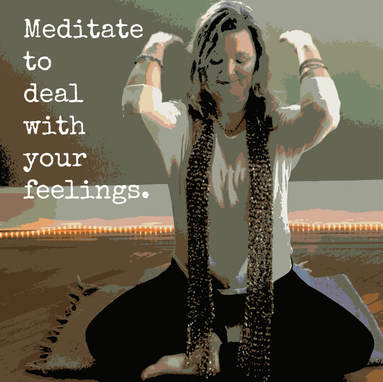 I know my way around a baby. I've been taking care of babies since I was a teenager. But a few weeks ago, I had a humbling experience that taught me not only about babies but about all of us and our feelings. My daughter (Gwen) and I were babysitting my 18-month-old nephew, Remy. When my sister left, he began to cry and call out for "Mommy." This wasn't surprising. It was to be expected. I knew what to do. I sprung into distraction mode. Get his mind on anything except the fact that his mommy isn't here. I grabbed books and toys off the shelf: "Look at this truck." "Want me to read about the caterpillar?" "Here's your doggie." He cried harder and louder. Gwen looked at me like I was crazy and said, "Mom, stop." She scooped Remy up and carried him to the rocking chair. She looked him straight in the eyes as she rocked and with so much compassion, she said, "You miss your mommy; You're really sad; You want your mommy to come back." As she sweetly said these words, he looked right back at her, and his wails became whimpers. She kept saying them over and over, as I watched in awe. Remy put his thumb in his mouth and stayed focused on her, "You really, really want your mommy to come back right now." Then, his eyelids got heavy and moments later he fell asleep in her arms. Later, I asked Gwen how she knew to do that. She explained that she put herself in Remy's shoes. If it were her, she'd be so frustrated trying to tell people she's sad and she misses her mommy and people are showing her trucks. Isn't my daughter amazing? Isn't that insightful? What Remy needed was not a stuffed doggie but his feelings acknowledged. Once validated, the acuteness of his feelings began to dissolve. 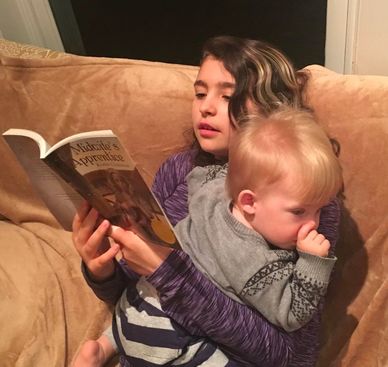 Another cuddly moment with Gwen & Remy Another cuddly moment with Gwen & Remy It got me thinking that we all need that. The problem is that when something makes us sad or mad or overwhelmed or confused, we can't, as adults, cry out and have someone validate us and rock us to sleep. I mean, it could happen. But let's face it, it's unlikely. So what do we do? How do we acknowledge our pain and move beyond it? As I see it, we meditate. We get quiet and allow the feelings and painful thoughts that we don’t talk about, that we can’t talk about, to rise up. Then we “deal” with them by shifting our consciousness. By bringing our focus to a particular breath, by placing our bodies in a particular position, by weaving a mantra through our whole selves, we change the sharpness of the pain. We change the suffering. You know how there are baby whisperers, horse whisperers, dog whisperers — people who can “speak” to creatures who can’t speak for themselves? We need to be our own whisperers, allow our unspoken pain to surface and then soften. A state of meditation is being your own whisperer. May the Truth in you guide you.
Now my judgey inner editor is telling me to stop going down this path because "You are enough," like all affirmations, can have kind of a sappy, new-age-y feel. It can seem like spirituality-lite. But I'm pressing on because that's not true. It's only "lite" if you skip the inner work, if you repeat it superficially without attempting to believe it.
How to believe it? Learn to talk back to the voice of negativity in your head. I've told this story before, but it never gets old: a woman I know, who had chronic fatigue syndrome, was drawn to take a Kundalini Yoga class, but she didn't have the energy to do any of the yoga. She couldn't even sit up. So, she slept through all her classes... for a year. Eventually, something shifted or lifted and she was able to participate, and today she is a Kundalini Yoga teacher. She was and is enough. She is one example. But there are many more. There are students who are post-surgery and just envision themselves in the full postures until they heal. There are students who can't sit in easy pose and find other ways. There are students who are highly distracted and can't keep their eyes closed. There are students who find breathing through their noses difficult. There are students who don't know what a chakra is or what kundalini means. All of them are enough! All of you are enough! Sometimes I worry that our "Keep Up" mantra leads some students to feel that they aren't enough, so I want to clarify. If you haven't taken my class before, I say "Keep up" (as do many other Kundalini Yoga teachers) in moments where we're meeting a challenge. And I think there might be some confusion around what I mean. Keeping up is not like Keeping up with the Joneses or Kardashians or even the skinny, strong woman next to you in yoga. Keeping up is asking yourself, what am I capable of in this moment? It's about weeding through the false messages in the mind and getting to the truth of your personal best. Whatever your best is... it's enough! Okay? Deal? When you walk into Montclair Kundalini Yoga's little oasis, please know that I see you as 100% enough. In fact, every person that makes the choice to step out of the busy-ness of life, to roll out a mat and do their best, to focus on their inner life inspires me. Each of you is an inspiration! I know I speak for Savitri, Kathy and Dharma, too. We accept you and welcome you as you are... Enough! My critic is telling me now that she was indeed right that this was a stupid idea for a post because I'm preaching to the choir. Many of you reading this have either already overcome the judgment/fear hurdle of coming to practice yoga or never suffered from it in the first place. But, I press on because I assume I've reached someone who needed to hear he/she is enough. I press on because I believe that we could all use frequent reminders that we're enough. I press on because maybe you all could do me a favor and let others know. If you know someone who's searching for some relief but fears they won't be accepted in a yoga class, please share this blog with them. Help me spread the word. I press on to prove to myself that my thoughts and my words are enough. 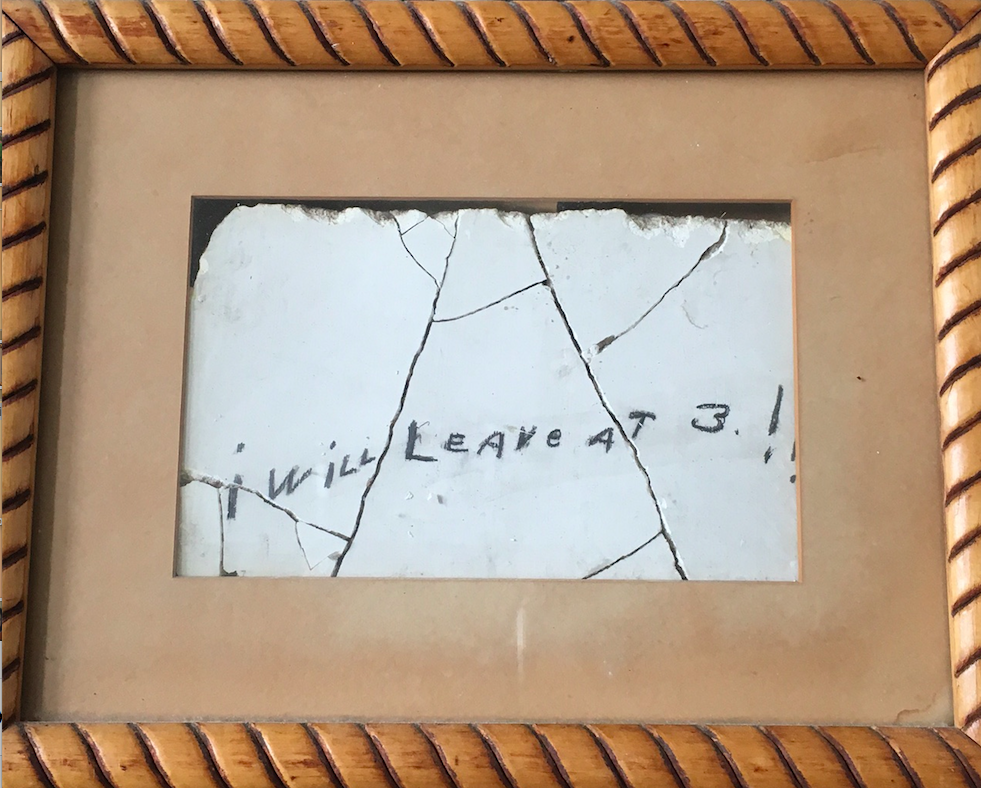 I'd like to share a family story with you today, which I think is relevant to the work we do at Montclair Kundalini Yoga. My grandfather, Paterson Bond, Papa to me, was a larger than life figure who liked to tell jokes, tap dance, and love. A long time smoker he'd had part of his voice box removed and could only speak in a loud whisper. Even so, his life force and his voice were strong. He always called me his number one granddaughter. (By the way, he called all his other granddaughters that too.) Papa exuded gusto and even bravado. I loved him, and we all loved him. We took it hard when he died many years ago. But he left something behind that reminds us of his spirit and his big declarations, and it reminds me of the ever-present undercurrent of divine magic. The picture above is a piece of wall from Papa's childhood home. I don't know exactly how old he was, but one day he was angry at his mother and declared, as many kids do, that he was going to run away. He even scrawled his intention on the wall: "I will leave at 3." Now, amazingly, his mother saved this note. I don't know how: she chipped it out of the wall or they were tearing the wall down anyway, but she saved it and framed it and somehow it made its way to the downstairs bathroom of the home I grew up in. "I will leave at 3." It's so Papa to grandstand and be dramatic. So funny, we thought. As it happened, sixty or seventy years after he wrote those words on the wall, most of my family surrounded him in his hospital bed knowing the end was near. His moment of childhood fury turned out to be a premonition... It was 3 o'clock when he took his last breath. That synchronicity and synchronicities like it make me believe that there is something bigger at work than just our brains and our bodies taking twists and turns through life. How can we tap into that something bigger? How can we tune into that when there's news in our country and the world to tune into which seems to prove the contrary? My way of drawing on the magic and dwelling in it is the practice of Kundalini Yoga.  When the school board called a snow day for Tuesday, I was thrilled. I love when there is nowhere to go; I love no alarms to set; I love no rushing. I love stopping. I love expanses of unstructured time. And then, on Tuesday night when they called for another snow day on Wednesday, I felt that "my cup runneth over." But soon, instead of my figurative "cup" running over, it was my literal house. Reality started seeping in through the door frame and all that beautiful time stretching before me became about mitigating water damage. For the third winter in a row, we have ice dams in our gutters and, consequently, water leaking into our foyer and living room. Nothing can be repaired or changed until all the snow is gone. (I know many of my fellow New Jerseyans have been there.) That means there is a drip, drip, drip in my life and there will be for awhile. Some of these drips have "interesting" consequences, like turning into a sheet of ice on the front porch and freezing the screen door shut and yellowing the moldings and making the ceilings bubble. This kind of situation is what the great yogis have called "a giant pain in the butt." 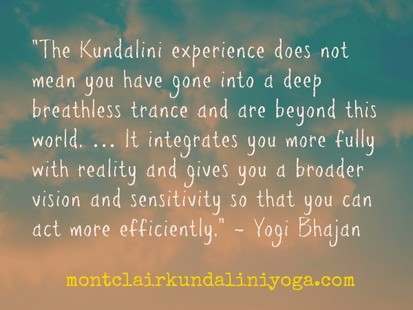 Kundalini Yoga trains us to deal with these pains and all the inconveniences of everyday existence with grace and ease. It is known as a householder's yoga. A robust practice strengthens our nervous systems, so that the unhappy surprises don't send our whole beings out of whack. Meditation helps us to have more control of our minds, so we can notice unhelpful negative thoughts when they arise and redirect ourselves. Here's how Yogi Bhajan put it: "The Kundalini experience does not mean you have gone into a deep breathless trance and are beyond this world. … It integrates you more fully with reality and gives you a broader vision and sensitivity so that you can act more efficiently." To me, this is one of the best reasons to do Kundalini Yoga. While it has some elements that make is seem strange and mystical, it's actually very practical. Everything we do -- breathe strongly, chant, repeat unusual movements -- is all part of a very pragmatic training of the body and mind to sail through life's ups and downs, surprise snow days and leaks and dams. 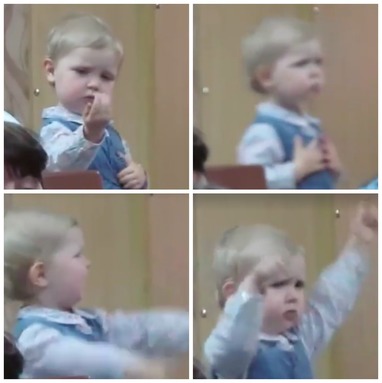 Please watch this toddler dance; watch how inspired and deeply moved by the music she is. (I promise it's worth the minute of your time just for sheer cuteness and entertainment value.) Then, try to remember the you that could dance and move without wondering how it looked, how you'd be judged, if it was right. Then, imagine reclaiming that you. This why we need Shakti Dance and yoga -- a regular practice of one or both. Otherwise, we forget our inner dancing toddlers; we forget freedom from judgment; we forget our true selves and live only for others. The other day I was listening to a program on NPR about the Day Without Women, International Women's Day strike. A labor and delivery nurse called in to say she had chosen not to strike, even though she supported the cause. She felt that she had to be there for the patients. I understand how she feels. So many of us feel responsible (and often are responsible) for caring for and doing for others. That is why we need Shakti Dance and Kundalini Yoga. In Kundalini Yoga, we repeat Sat Nam, Sat Nam, Sat Nam to ourselves so that we remember our inner Truth, to cut through the chatter of the mind and see through the portal of intuition. In Shakti Dance, we free dance. We access that pure expression. In the search for who you are, moving fearlessly and blissfully to music reveals a fantastic piece of evidence. Dancing freely teaches you about you without words and without intellect. It's your body talking to your soul, your soul talking through your body, and your mind getting out of the way. 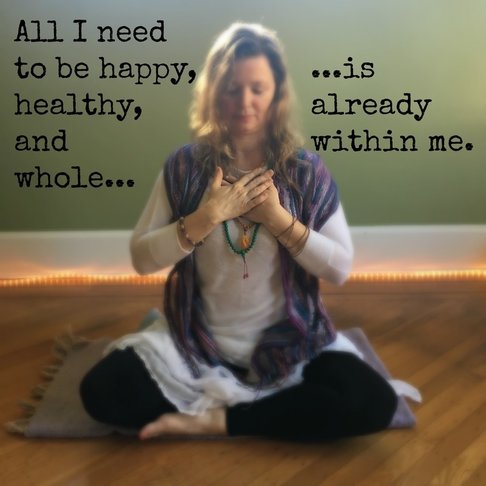 About 20 years ago, I went through a very difficult time. I wasn't sure what the future would hold for me, and I really doubted -- whatever was to come -- that I could handle it. I had been practicing Kundalini Yoga once a week and on my own at home, but I did not yet see it as my practice -- that which could sustain me and calm me through the storms of life. Then, one day in class, my teacher said something that resonated so deeply that I shifted into a totally different relationship with yoga. We sat in easy pose, before tuning in, just slowing down the breath. My teacher said, "All you need to be happy, healthy, and whole is within you. Set yourself free." They were the exact right words in the exact right moment. I can't explain why. It couldn't have been a new idea for me that we all have inner resources and that we can free ourselves from suffering, but it felt new. It penetrated right to my core, a word-arrow piercing through melancholy and resistance. After that class, something very important began to change for me. I no longer saw Kundalini Yoga as just my way to experience momentary bliss and relief. It became instead a source of true support. I leaned on it, and it carried me through the darkness, allowing me to see glimpses of the light. When I felt I was sinking, I repeated my teacher's words to myself -- All I need to be happy, healthy and whole is within me. I'd also fallen in love with the traditional closing song for Kundalini Yoga classes, and I sang that to myself to get to the other side of emotionally overwhelming moments. May the longtime sun shine upon you. All love surround you. And the pure light within you Guide your way on. What I'd like to emphasize here is that anyone can lean on a practice. It doesn't matter when the last time you went to class was or what level practitioner you consider yourself. In moments of stress, you can take a deep breath; you can sing a spiritual song; you can remind yourself that all is within; you can repeat Sat Nam to yourself. Twenty years ago, I didn't relate to any of the mantras; I didn't know who Yogi Bhajan was; and honestly, I didn't even know what the word Kundalini meant. It didn't matter. I leaned on a saying and a song to carry on. See, we are all innately yogis. I'll say it again: WE ARE ALL YOGIS. What makes us yogis is not how many hours we spend on a mat, but our desire for ease and our longing for connection to deep meaning and our capacity to answer those calls. What helps each of us feel our yogi-ness is different. Maybe it's a song, a mantra, a vigorous physical practice, a prayer, a dance, a meditation, a gesture, a crystal, a quote, a goddess, etc. For me, it began with the words of the longtime sun song and the message that all is within. These words still resonate for me and nurture my soul. And now, I have much more to draw on -- many mantras, many teachings, and deep meditative experiences. They all act as keys to unlock my inner wisdom, my inner guidance, my inner guru, my inner strength, my true nature. How can you discover your keys? A friend once told me a story about looking for a particular herb in a field where things grew wild. She looked and looked but could not see it. Then, she saw one leaf of this special plant and suddenly realized the herb was bountiful all around her. Her eyes just needed to be open to it. May your eyes be open. May you discover your unique keys. May you lean on your practice when you need it. May the Truth in you guide you. |
Blog by Cate BailyCate discovered Kundalini Yoga by accident over 20 years ago and was surprised and thrilled by how engaged, energized, and inspired it made her feel. She's been practicing ever since. Click here for more complete bio.
Categories
All
|
Location127 Valley Road
Montclair, NJ |
|
